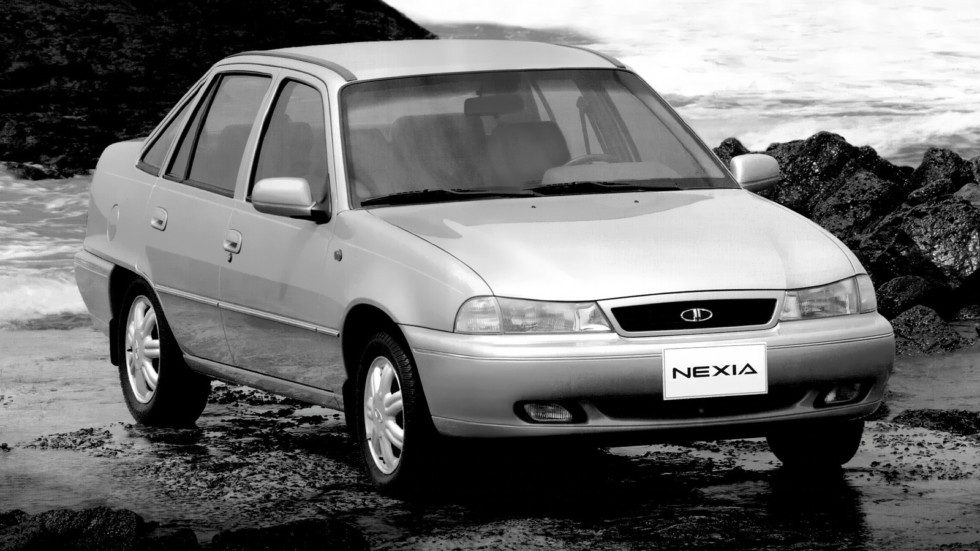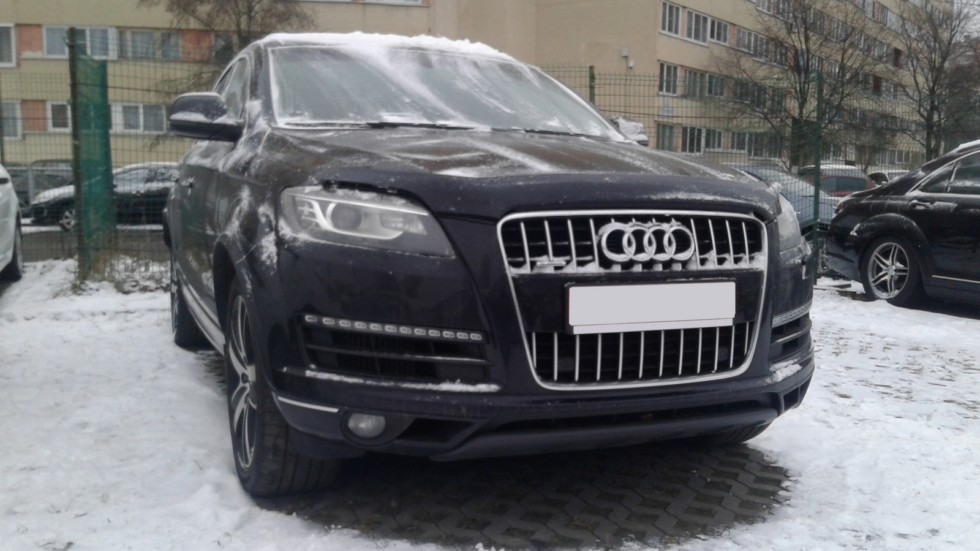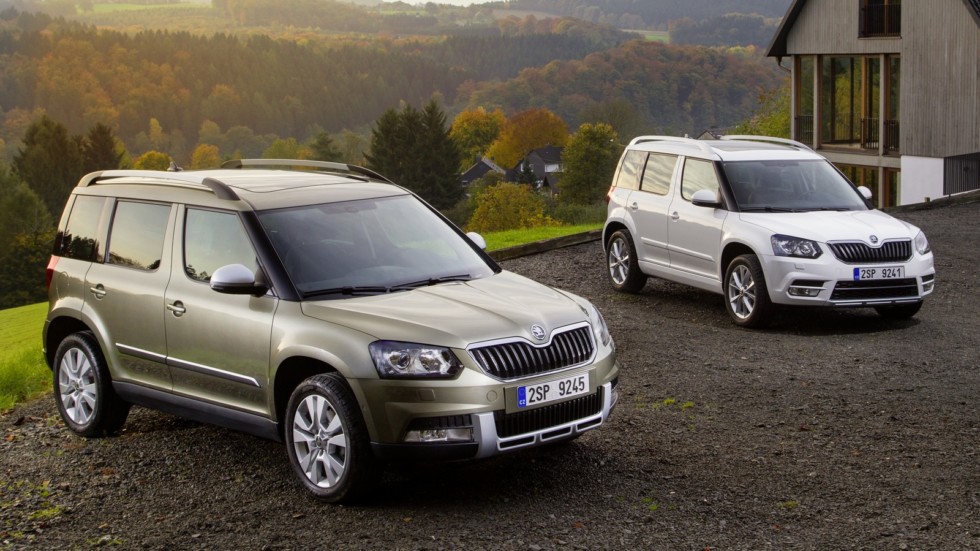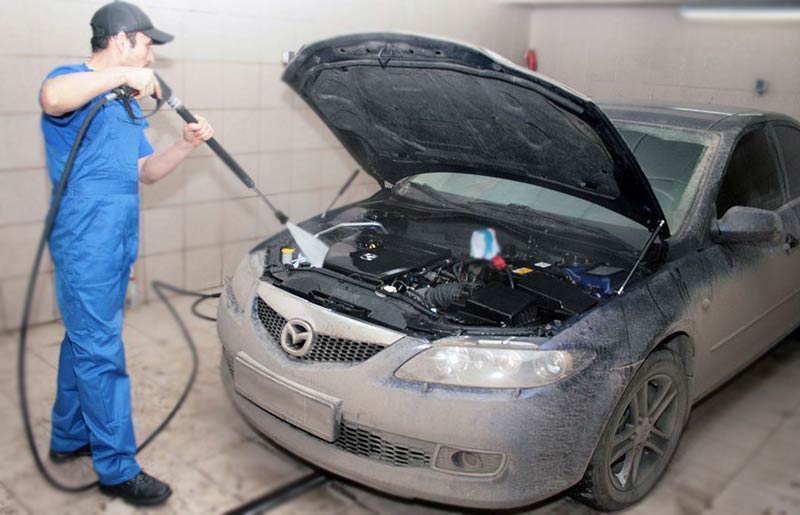Ferodo, reel and bagel: outdated automotive terms that have received new life
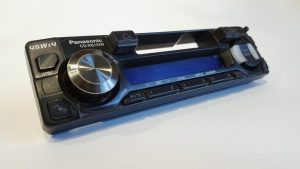 The sweet word “radio tape recorder” today has completely lost its original meaning, although it has not lost any popularity at all. Its history is as follows.
The sweet word “radio tape recorder” today has completely lost its original meaning, although it has not lost any popularity at all. Its history is as follows.
When in the first half of the twentieth century musical combines appeared in everyday life, which included a radio receiver and record player, in the USSR they were called “radio lines”. But this is not an abbreviation, but the name of the manufacturer: the name “Radiola” was one of the brands of audio equipment of the American company RCA. Remember the stories about “copier” or “jeep”? Here is the same thing. The party “Radiol” fell into the Soviet Union, the term got accustomed to the people, and when the records went into the past under the pressure of a magnetic film, by analogy the word “radio tape recorder” appeared. Automotive version, of course, became the “radio”.
The tapes have long been superseded by laser discs, they, in turn, are flash drives and streaming broadcasting, and almost everyone still calls the multimedia center in the car a “radio tape recorder” without the slightest irony. The term “head unit” from the crowd of car audio fans is not very obvious, and therefore not popular among the masses. The complex phrase “multimedia center” did not fall in love with the people, although in terms of meaning it fits best the rest.
The glovebox is one of the longest-lived automotive archaisms. At the dawn of the appearance of self-propelled carts, the image of the “driver,” the driver of a motorized cart, was very expressive and romantic. Even close to the image of the pilot: the open bodies of the first cars (as well as the later closed ones) required special “armor”. Leather jacket, sturdy gloves, called “leggings”, leather helmet with integrated glasses (or at least just glasses with huge glasses) to protect against wind, sand and insects – such was the essential equipment of the driver of the early twentieth century. And since the ancient cars also required an uneasy start-up ritual, for which petrol (or even kerosene) was poured from the bottle into the carburetor, the valves and the decompressor, the dresser and other auxiliary devices were manually opened, and the starting handle was intensively twisted. fuel and oil, and it smelled bad …
In order not to take the fragrant leggings home, they were left in a special box in the car. Today the glove box has lost its original meaning, but the word has not yet!
A very strange term, it is not clear why the common and for an even more incomprehensible reason not lost mass popularity among the people. “Broneeprovodami” many motorists of our days persistently called high-voltage wires from the ignition coils to the candles. Although they do not possess any “armor” – from the word “absolutely.”
Nevertheless, the armor wire still existed in reality, although it had extremely limited use and prevalence. They were put mainly on a small part of the fleet of vehicles of the army-all-terrain properties (such as, GAZ-69 or GAZ-66). On such machines, noise-proof shielded ignition systems were sometimes installed. Since the work of the conventional distributor and candles could cause ethereal interference to the radio station, special shielded distributors had solid metal casings grounded to the body, and high-voltage wires were hidden in wire stockings – “armored”.
Today, the term “armored wire” in relation to high-voltage ignition wires sounds silly, and you should not use it. There is no “armor” on modern wires.
The word “ferodo” (often with an emphasis on the last “o”), older car owners called lining the drive clutch disc and brake pads. “Rivet Ferodo” is a typical expression from a grandfather’s auto-lexicon, meaning self-replacement of a clutch ring or crescent pad. And although riveting has long been out of the question, the word “ferodo” in relation to the pads often sounds today.
“Ferodo” is a term of the same type as “jeep”, and “xerox” and, as we found out, “radiola”. The British company Ferodo LTD was indeed one of the pioneers and leaders of the automotive friction materials segment for clutches and brakes from the end of the 19th century. One of its first products came to the USSR, and the word “ferodo” settled among the drivers of the first half of the twentieth century, safely reaching our days.
True, the meaning is devoid of a little more than completely. For Ferodo itself has since been repeatedly “merged and absorbed,” and only the spare parts market specialists know to whom and on what grounds it now belongs, and modern friction mixtures have not had the slightest relation to that very early composition.
Stuffing box
This item is widely used in any modern car and is often the reason for visiting a car service center. The gland is the rubber-metal ring, which seals the rotating shaft or the movable rod, coming out of the housing.
